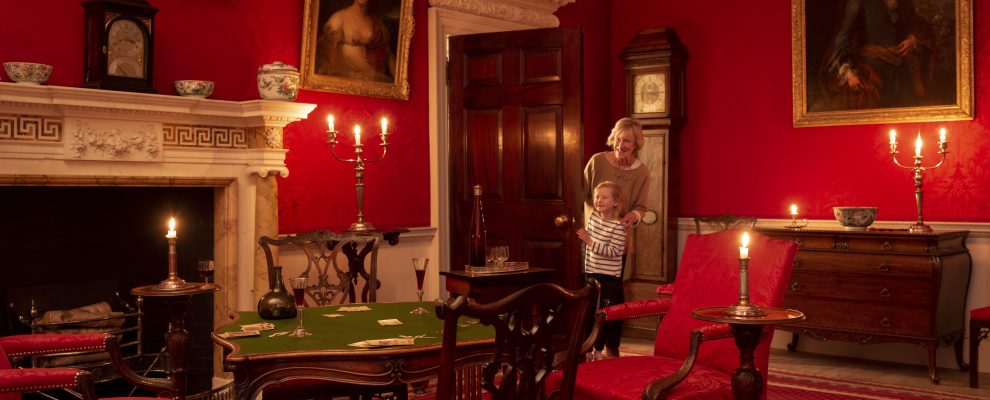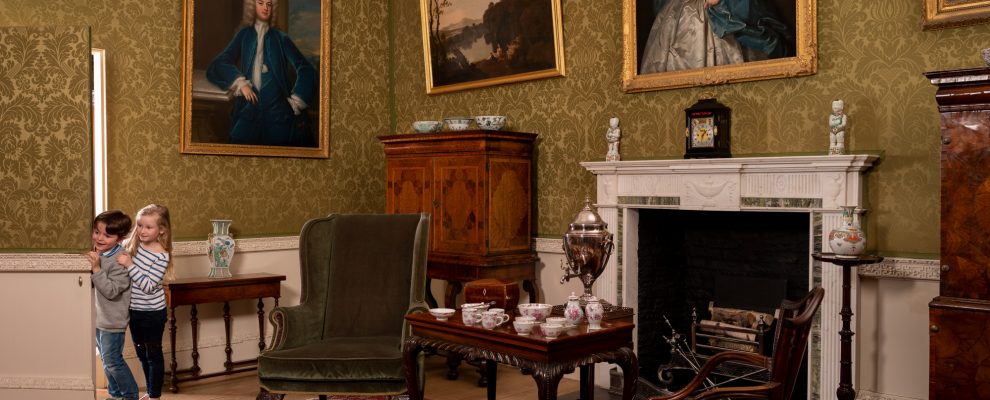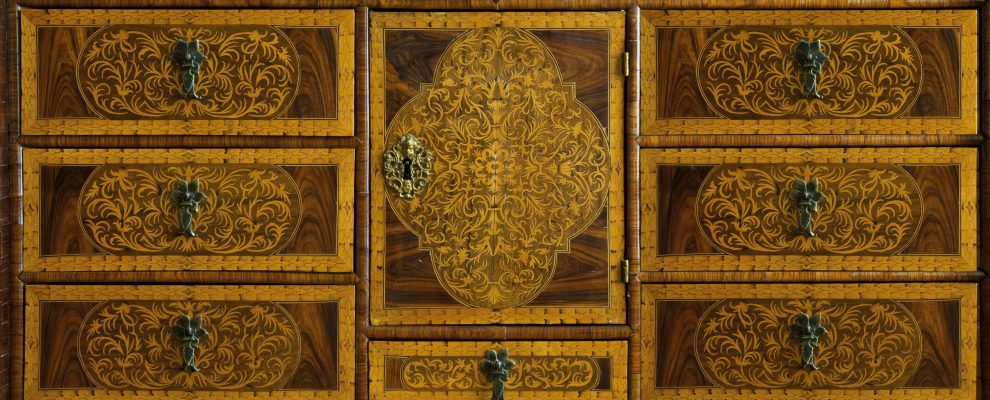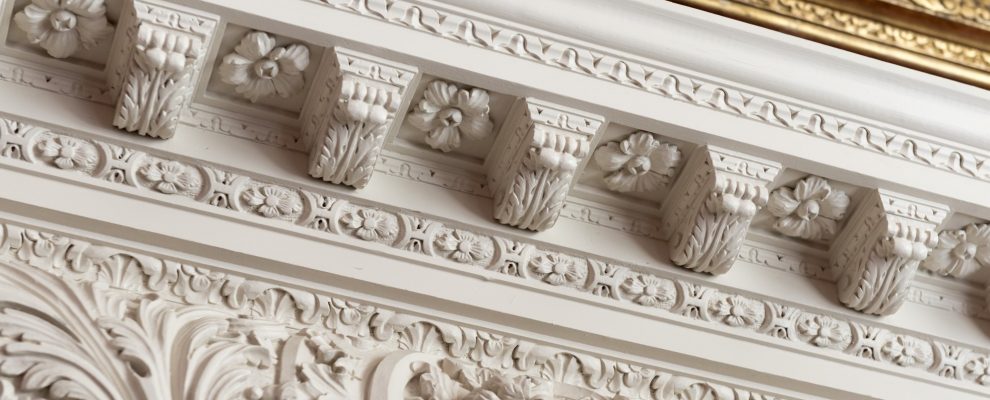The Warmest pigeons in the UK
Fairfax House, built around c1760, was made using traditional materials and techniques, having solid (non-cavity) walls, single glazed windows and no loft insulation. This made heating the property expensive and it was often joked that the pigeons who perched on the roof of the house had the warmest roosts in England.
Given the historic nature of the property, establishing a stable temperature and consistent level of Relative Humidity (RH) inside its historic rooms was often a challenge. The expectation from the Government Indemnity Scheme (GIS) stipulates a temperature range of 18-24°C (with a maximum cycle of 4°C in a 24 hour period), and an RH between 40-65% (with a maximum cycle of 10% within 24 hours). Whilst maintaining this level of stability was essential for the preservation and care of Fairfax House’s world class collections and historic interiors, it was also a necessary pre-requisite for securing the loan of works from other museums and institutions. Indeed, outside of these environmental conditions many museums refuse to lend works for exhibition and display.
Holding onto the Heat: In 2014 work began at Fairfax House to improve the management of temperature in the property. The first step was to minimise heat loss and buffer the property against external conditions through the installation of heavy duty insulation in the loft areas. This was followed in 2017 when the building’s Georgian sash windows received an insulating silicon seal. The silicon filling prevents drafts, expands and contracts with the temperature whilst still enabling the windows to be easily opened and closed.
Intelligent Heating: The second, more major task, was to replace the house’s +30 year old boiler. In consultation with York Conservation Trust, owners of the property, a new energy-efficient condensing boiler was installed – designed to run continuously at a low temperature. Radiators were flushed, a mammoth job given over thirty years of build-up, and two magnetic filters were installed to the preserve the system’s efficiency. Radiators were also ‘zoned’ with electric values which are radio controlled to enable the temperature in each room to be individually set.
These new adaptions have meant the house now has a substantially more stable environment, which not only enables Fairfax House to exhibit its own collection knowing that they are receiving the best possible care, but it has also given us the ability to borrow a number of works from major national museum and art galleries, safe in the knowledge that we can now confidently achieve GIS environmental guidelines throughout the property (not just in our exhibition space, as was previously the case).
Saving the Environment and Driving Down Costs
The updating on the heating system is also good news for the environment and the Government’s green targets. The new heating system now achieves an average of 96% efficiency, compared to the previous 32% of the old system, which not only reduces Fairfax House’s carbon footprint but has also seen energy bills at property reduce by almost 50%, this despite rising energy costs.
During our environmental review we also undertook a detailed housekeeping exercise to revise of our approach to energy suppliers in order to source the best possible deals. This involved joining the Association of Independent Museums (AIM) Energy Action Group and being a member of their ‘bulk energy buying basket’ which has helped us to more effectively negotiate with energy suppliers. Revisiting old contracts with suppliers also brought to light the importance of reclaiming VAT and the Government’s ‘Climate Change Levy’, which as a charitable organisation we are entitled to do.
These things combined, updating facilities, negotiating costs with suppliers, and reclaiming VAT and CCL, has resulted in an average overall 60% reduction in our energy bills. This is a saving well in excess of our own initial expectations at the start of the project and one which will continue to benefit organisation going forward.






